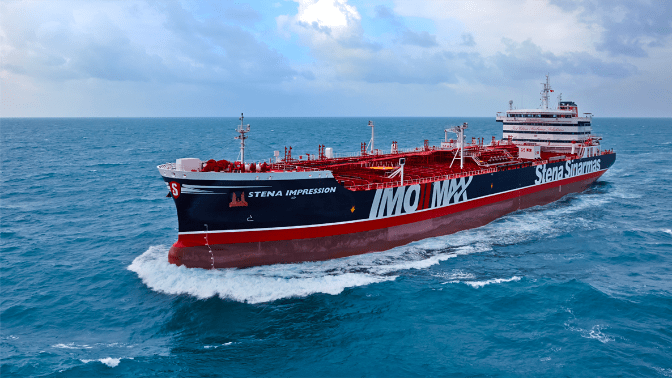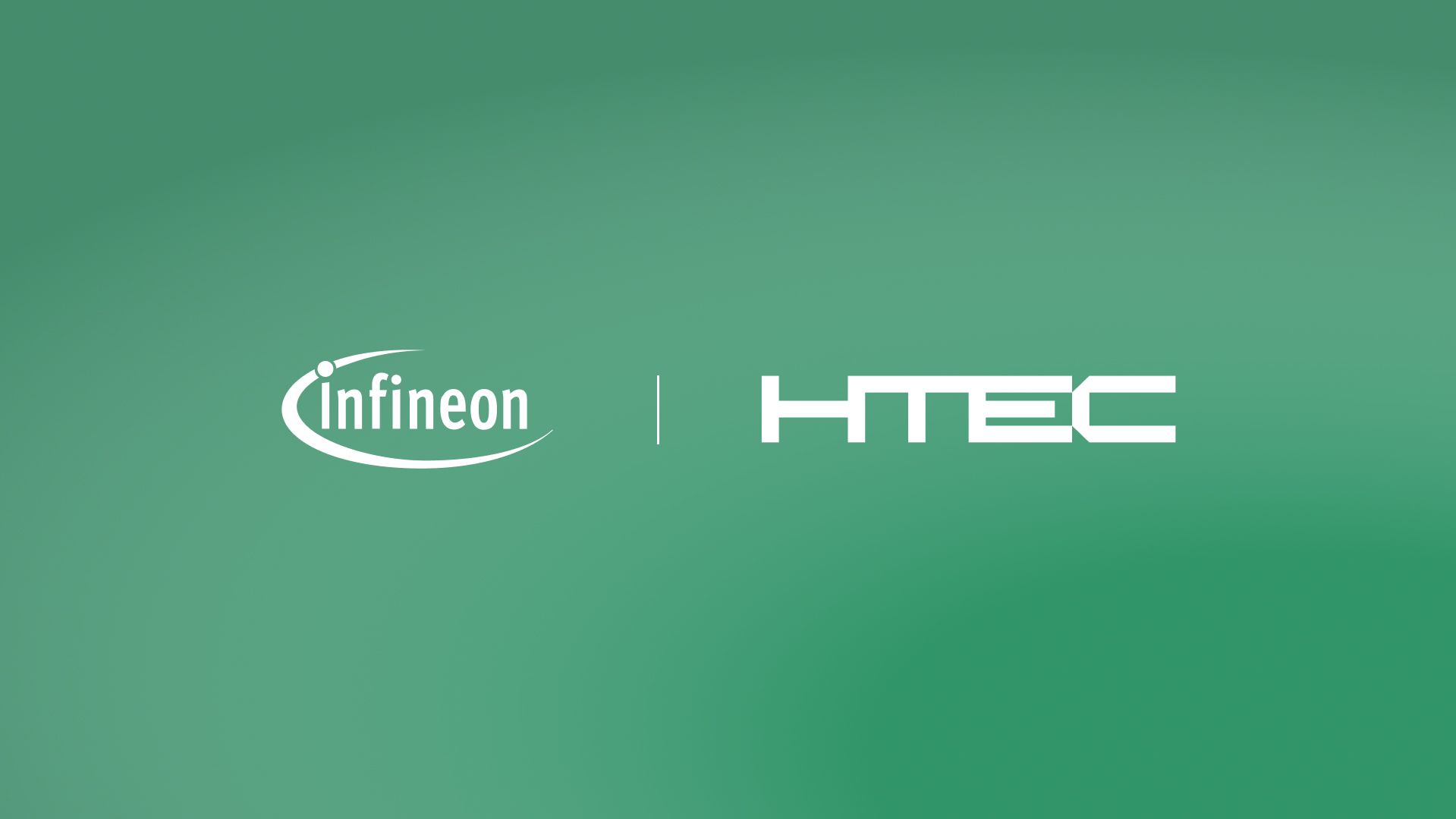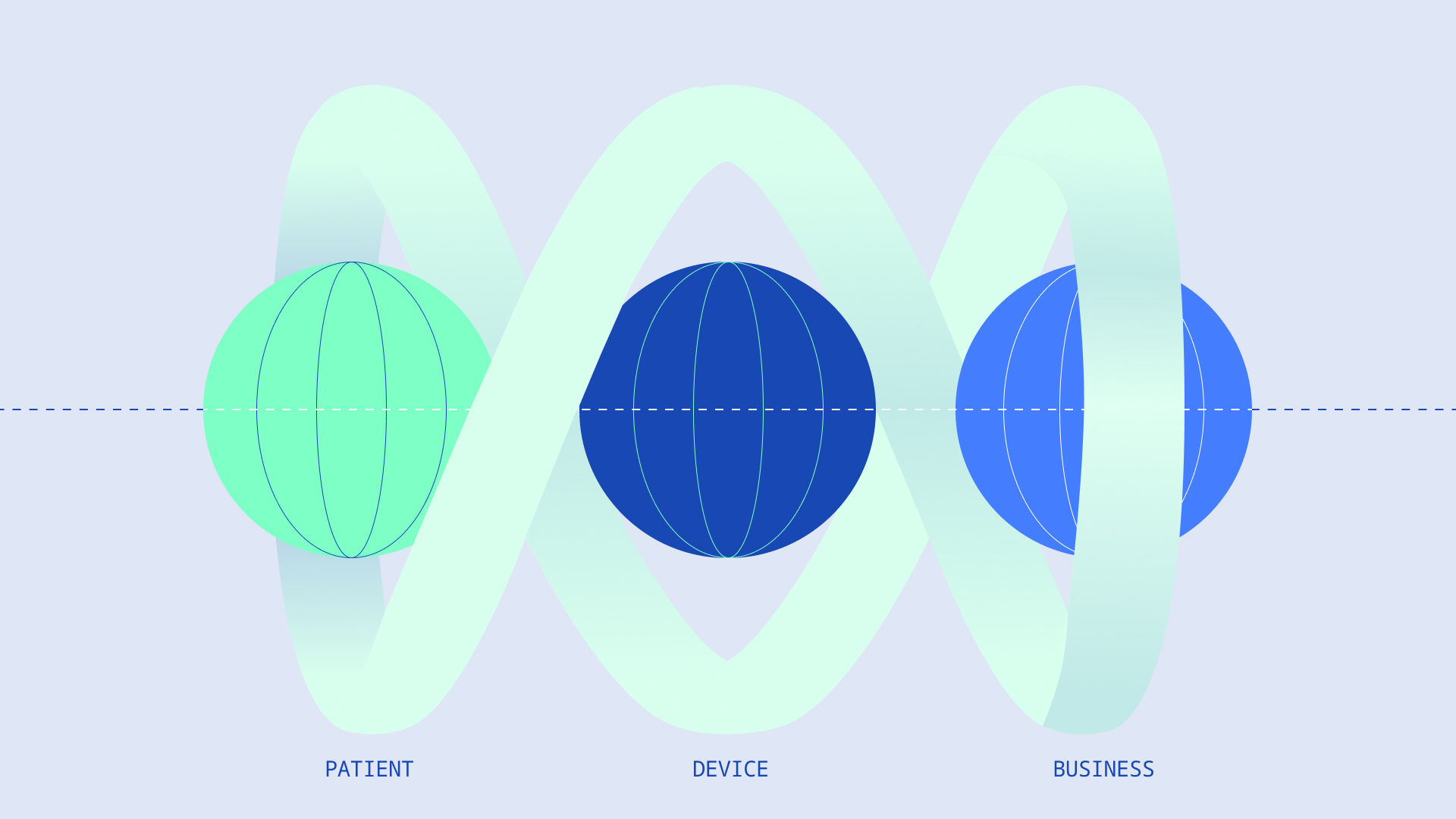From reducing frictions in our existing software development processes and dealing with the complexity of technology to gaining a deep knowledge of the industry-specific domain and establishing the right onboarding processes, and finding ways how to unlock the existing assets to stay ahead of the curve, there are many hurdles we have had to overcome to be able to help organizations move the needle in the ever-changing market.
However, we know that organizations need a comprehensive strategy to make the most out of technology to build an innovation-driven culture with customer value at its center. One of the ways to do this is through platform thinking. Powered with our platform-focused approach, we can help companies make critical technology decisions that will fuel innovation, simplify their ecosystem, reduce wasted energy costs, and remove frustrating experiences.
This article dives deeper into the challenges and key lessons we learned while building an enterprise-scale platform for the maritime industry.
Challenges
Let’s first outline some of the most complex challenges we had to overcome when building the platform.
- Coordinating efforts between teams that are dependent on traditional operations and suspicious about a new digital platform as the core of their business processes
- Onboarding new product team members to be able to understand the maritime industry domain, the functionalities of the platform, and the business value it brings
- Finding an efficient routing solution that would substitute an ineffective and expensive third-party service the client was using at the time
- Creating the most efficient process of prioritization to be able to cater to the needs of a broad spectrum of customers and simultaneously improve the platform continuously
- Having a hard time choosing the technology that would ensure the product we develop is future-proof
Lessons Learned
Challenge #1: Coordinating efforts between teams that are dependent on traditional operations and reluctant to accept a new digital platform as the core of their business processes
Lesson learned: Approaching the problem with empathy to understand people’s pain points and involve them in the product development from start to finish
The maritime industry runs on traditional processes with users who are equally traditional in their approach to digital technology. This brought us into a challenging situation where our goal was to offer the latest technology to people who were reluctant to use it. How did we solve this?
As we knew this new technology would radically change how people work, we approached this solution with deep empathy and effort to understand the people’s pain points and needs. We set out to build the product by looking at it from the perspective of an end client and involved them in the platform design from the very start. This helped us learn how to create a solution that would streamline and optimize processes, make their work much easier and more efficient, and simultaneously bring higher value to the business. First, we identified workflows by interviewing people from different departments. To ensure the eventual adoption of the solution across the business, we found champions that would actively promote the solution and serve as employee advocates. From young people who wanted to work with mobile apps to people who had spent decades in the industry to those who resisted this new tech, we established collaboration with many of them and chose a few stakeholders to involve in specific initiatives. We actively and continuously listened to their needs and included them in the feature development from start to finish. This helped them have a clear view of the entire platform design and participate in all iterations and development so that, in the end, they would be able to have a big picture of the benefits this solution would bring to their working processes and the impact it will have on the entire business infrastructure. We wanted to ensure we were on the right track to get them excited about this new technology and help them realize that it would ultimately meet their needs. In addition, Stena also contributed to our efforts immensely, as they made sure all the people were included in the building process. Curiosity coming from all sides is a winning factor in delivering the best outcomes, which made this partnership truly tremendous.

Challenge #2: Onboarding new team members to be able to understand the maritime industry domain, the business value the platform brings, its functionalities, and meet the client’s needs
Lesson learned: Showing demos and organizing QA sessions for the staff to demystify the maritime industry domain
To bridge the knowledge gap, we introduced internal demos that demonstrate the key functionalities and values the platform will bring to their processes and collaboration. We would then organize QA sessions to answer all their questions and demystify the domain and the industry in general. It was critical for us to help all our team members understand the language and terminology used so that they would understand all the clients’ needs, give suggestions, and find solutions to the problems they come across. This would also help the clients have a clear picture of the project and connect with it more easily. We wanted to make this onboarding process as seamless as possible to help the staff become familiar with the technology and make them more efficient. On the other hand, our team of engineers now has proficient domain knowledge of the maritime industry thanks to the immense effort of the people well-versed in the maritime domain.
Challenge #3: Finding an efficient routing solution that would substitute an ineffective and expensive third-party service the client was using at the time
Lesson Learned: Building a unique routing model based on historical geo locations
At the time, the client was using a third-party provider for routing, which did not satisfy the standards we set for the project. We then gathered a data science team of experts who worked on creating a routing solution based on all the scattered locations around the world. A few questions arose:
Does location data simply add space to the existing challenges, or is it doing much more? Should space be observed as a single dimension, or is it much more complex, and how?
We started a mission to build something new and innovative that will give us the edge. This intelligent routing model will allow us to create more solutions and provide a competitive advantage to all end customers.
So, to solve this challenge, our research team has taken a common trajectory data mining problem and followed the steps, from data cleaning, through trajectory discovery to routing. In this case, the routing model was built using the historical data of ships’ geo locations and trajectories. Based on this data, we managed to create a case study where we could use historical positions to predict the best routes for certain ships. We developed the first version of the routing solution in six months, which then went into production and has successfully performed ever since. Interestingly, this solution came originally from HTEC and gave birth to HTEC’s data science team, which has been growing ever since.
“I think this project was a game-changer for the industry and my career…Why was that so important? Because it helped me establish a Data Science team here at HTEC. And now this is one of the company’s main strategies, I would say.” — Sanja Bogdanović Dinić, Engineering and Delivery Manager
The ability to create an innovative solution and contribute meaningfully came only from our domain knowledge, understanding of the current technology’s shortcomings, and what the client could do with the new and innovative solution.
Challenge 4: Creating the most efficient process of prioritization to be able to cater to a wide spectrum of customers and simultaneously improve the platform continuously
Lesson Learned: Adopting an agile approach
We are learning to be more agile, adapt to different ways of working and thinking, and be more productive and time-efficient while clearly understanding that we are building an enterprise solution that should meet different client’s needs and requirements.
Since we are building a SaaS product that can be easily customized to meet the needs of a specific client, it is imperative that we continuously listen to our client’s needs. This provides us with invaluable insights, which we can then use to improve the product in the future, add new functionalities that would further optimize the processes, and keep clients ahead of the curve. Our regular communication included not just leadership and product teams, but also the client’s marketing and sales teams, as well as with the end customers, to find out what their needs are. One of the challenges here is how to prioritize improvement, workflow changes, and new functionalities that will drive sales and adjust to new regulations. We are constantly working on improving the prioritization process to keep each of our clients satisfied and, simultaneously, improve the platform. Perfecting this prioritizing approach will take time but will help us gain invaluable experience along the way.
Challenge #5: Having a hard time choosing the technology that would ensure the product we develop is future-proof
Lesson Learned: Being bold to get out of the comfort zone, think five steps ahead, and deliver on promises
We knew we needed to go with the Cloud solution, but the client had everything on their premises. We also realized that we could not change the complete landscape of the system but make a solution with a hybrid approach instead. We needed to make sure that, when we exchanged pieces of the software they were using at the time with a new solution, we could integrate valuable data from those previous systems into that. The second thing we were worried about was how to ensure that five years from then, we would have a technology stack that is still not obsolete. We knew we could not build a space rocket if we intended to travel only from Gothenburg to Stockholm. And at the time, .NET core was still in beta. We were discussing with the client and the IT department whether to choose this technology or not because, if we decided not to use it, the technology we were about to use was going to be obsolete. So, as we were developing the product itself on the user interface and user interaction level, we were also developing the technology model that would support it. To make things even riskier, we didn’t go for Azure, which we would normally choose, but we opted for AWS because it was much more stable at that moment. We had to play with very innovative things at the time to be able to build a future-proof product. It turned out that we made very good decisions not only thanks to the innovative mindset of our team, who are driven by challenges, but also to our clients, who have proven themselves as brilliant and highly supportive partners who trusted us every step of the way.
To hear the story behind the successful digital journey, listen to the THINGS eXecutive Update™ webinar.
—
To learn how we help our clients bring innovative solutions to life, read our success stories or reach to our team of experts to discuss how we can help you turn your vision into reality.





